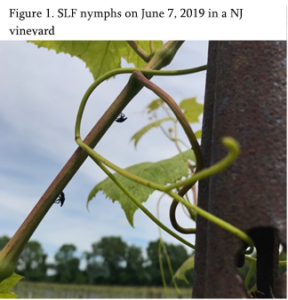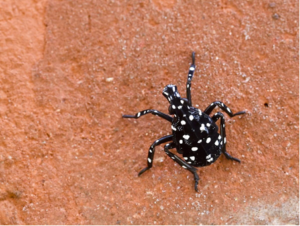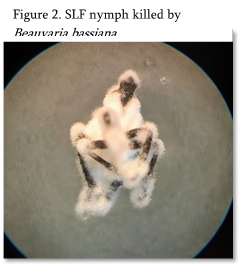NJ Statewide Tree Fruit Twilight Meeting – III
June 10 (Wed) 4:45 PM – 7:00 PM
Please join us for this informational event co-hosted by Hemant Gohil, Agricultural Extension Agent of Gloucester County and Megan Muehlbauer, Agricultural Extension Agent of Hunterdon County.
To register for this session
Goto https://rutgers.webex.com/rutgers/k2/j.php?MTID=t7146b7770ce664a4c5ace078ff541df4
and register. Once you are approved by the meeting host (Hemant Gohil), you will receive a confirmation email with instructions for joining the session.
To be eligible for Pesticide credits, please register before 12 PM (noon) June 10th.
4:45 pm – 5:00 pm: Verification of ID for registrants getting pesticide credits.
5:00 pm – 7:00 pm: Educational Talks.
Registration password:
This session does not require a registration password.
Topics covered:
An Update on the Current Use of Respirators (George Hamilton)
Herbicide drift and how to prevent it (Thierry Besancon)
Mid-Season Pest Management Practices (Dean Polk)
Updates for BSMB Management and What to Expect in 2020 (Anne Nielsen)
COVID-19 Resources for the 2020 Growing Season (Meredith Melendez)
For assistance contact program organizers Hemant Gohil at: gohil@njaes.rutgers.edu or Megan Muehlbauer muehlbauer@njaes.rutgers.edu



